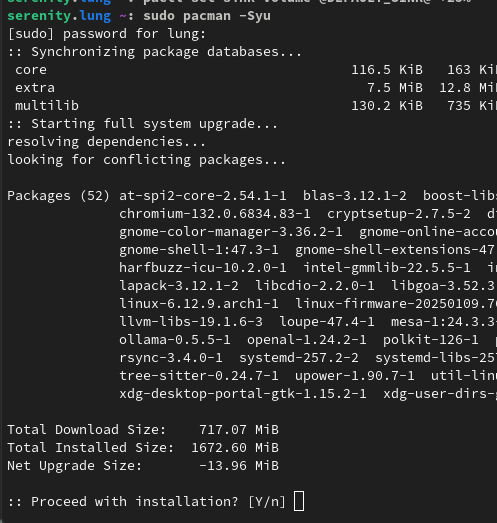Linux
Welcome to c/linux!
Welcome to our thriving Linux community! Whether you're a seasoned Linux enthusiast or just starting your journey, we're excited to have you here. Explore, learn, and collaborate with like-minded individuals who share a passion for open-source software and the endless possibilities it offers. Together, let's dive into the world of Linux and embrace the power of freedom, customization, and innovation. Enjoy your stay and feel free to join the vibrant discussions that await you!
Rules:
-
Stay on topic: Posts and discussions should be related to Linux, open source software, and related technologies.
-
Be respectful: Treat fellow community members with respect and courtesy.
-
Quality over quantity: Share informative and thought-provoking content.
-
No spam or self-promotion: Avoid excessive self-promotion or spamming.
-
No NSFW adult content
-
Follow general lemmy guidelines.
view the rest of the comments

Back in the day there was a Mac OS update (Snow Leopard) that took gigabytes off. They dropped support for PowerPC CPUs. So the compiled binaries basically got slashed in half.
https://en.m.wikipedia.org/wiki/Mac_OS_X_Snow_Leopard
Wait they pushed binaries for both architectures to everyone?
Yes. Thats how they made everything seem magical to the end user.
Two architectures, and two binaries in the single package.
All those programs that only had binaries in the old architecture ran through the emulator Rosetta.
Once the old architecture had been deprecated long enough, they dropped the PPC compilation in the binaries.
There was the technique to regain disk space by deleting the unused architecture binaries from the bundles.